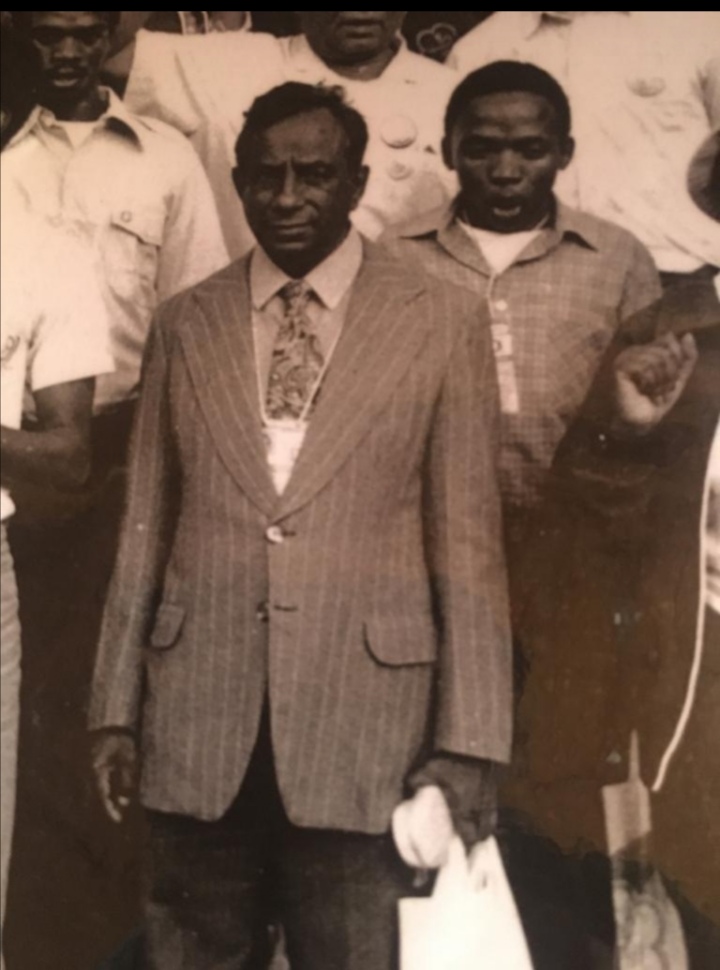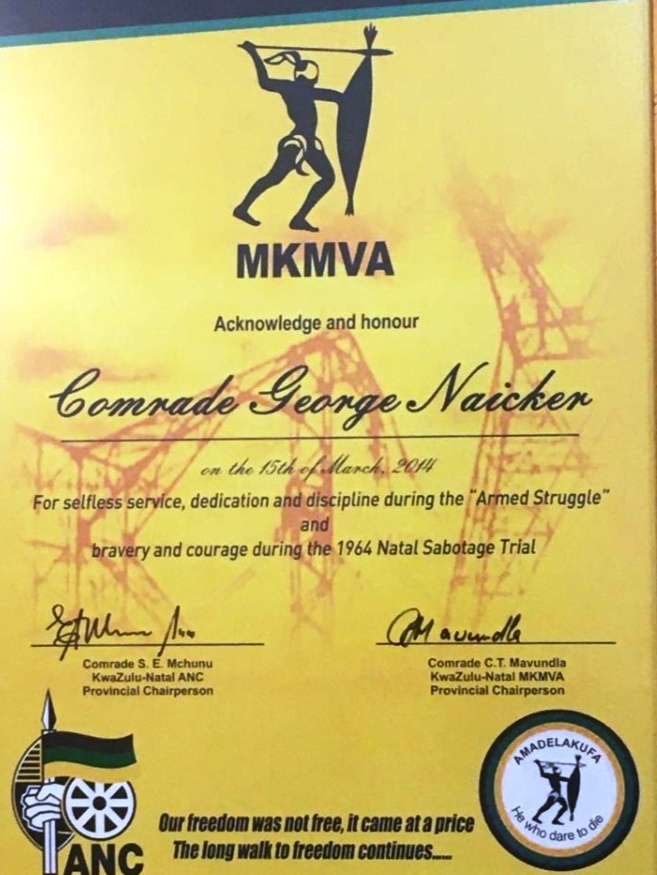THE HISTORY of the South African Trotskyists during the 1930s and into the next decade was never made available or discussed with new recruits. There were vague stories, but no hard facts. No former member of the groups wrote about his experiences, and there was a silence that was so extensive that some comrades' names could not be mentioned. I learnt in the 1940s that there had been a one-time nun in the leadership of the Workers Party of South Africa. But no details were available, even though she had died (as I later found) in 1942.
Personal Information
Ashlatha Moodley (nèe Rambally) was born in Pietermaritzburg, Natal (now KwaZulu-Natal) in 1946 and grew up in the small town of Colenso. After completing her matric in 1964, she moved to Durban and attended the University College for Indians at Salisbury Island (later renamed in 1972 as the University of Durban-Westville (UDW) – now known as University of KwaZulu-Natal - UKZN) where she graduated with a BA degree, majoring in English and Psychology, and became a qualified teacher.
There have always been general assumptions that the KhoeSan people (‘Khoe’ is the correct spelling) are extinct and that their languages at the Cape died out with them. Another assumption is that they once spoke ‘Cape Khoe’ but that this language has also died out because it was last heard used in public in the Cape by Uithaalder in his protest against the introduction of a new vagrancy law against the KhoeSan in 1834 (Ross 2017).
George Naicker in exile - Tanzania

Comrade George Naicker

George Naicker - MKMVA - Certificate of Honour

George Naicker at the Solomon Mahlangu Freedom College, Mazimbu, Tanzania
